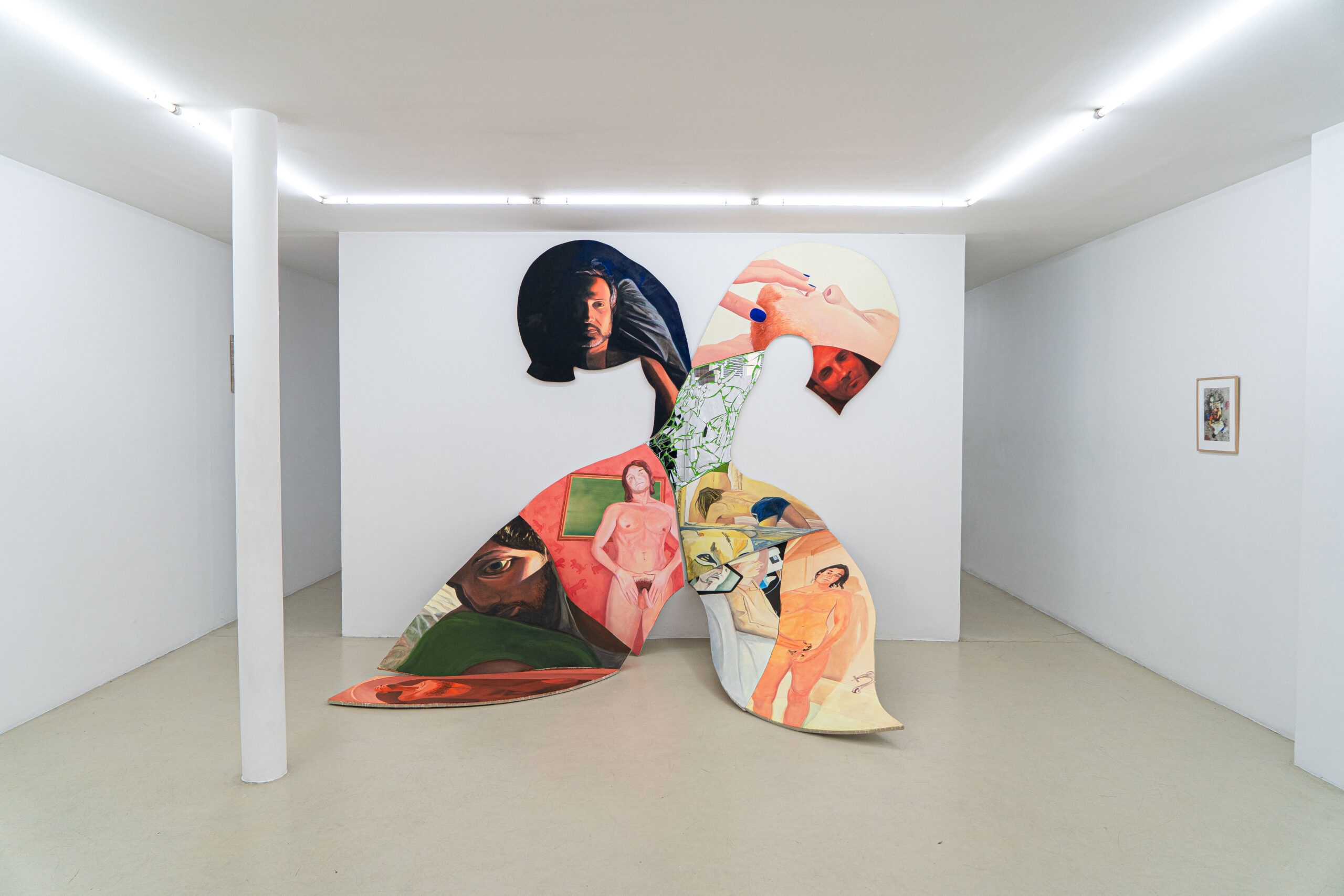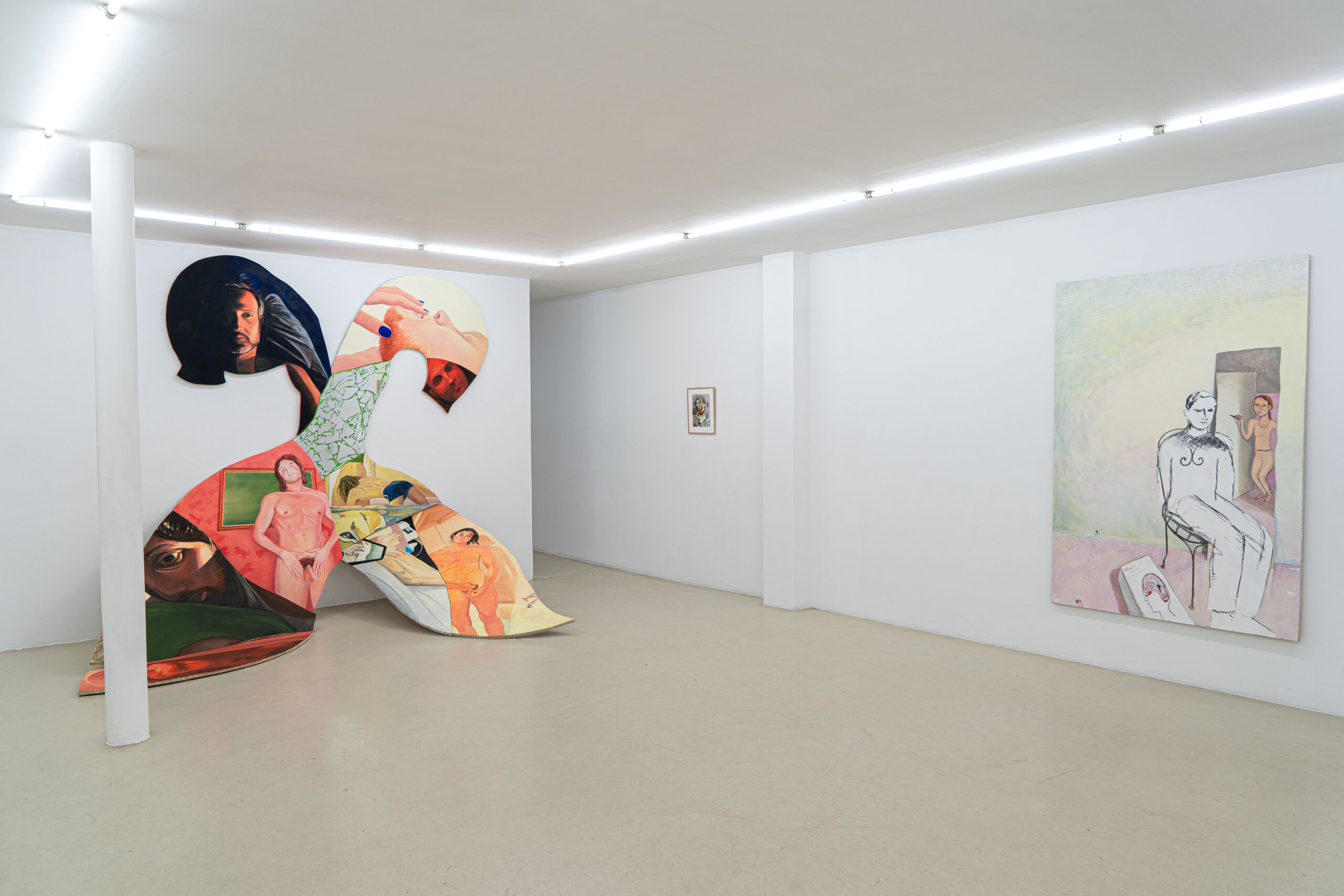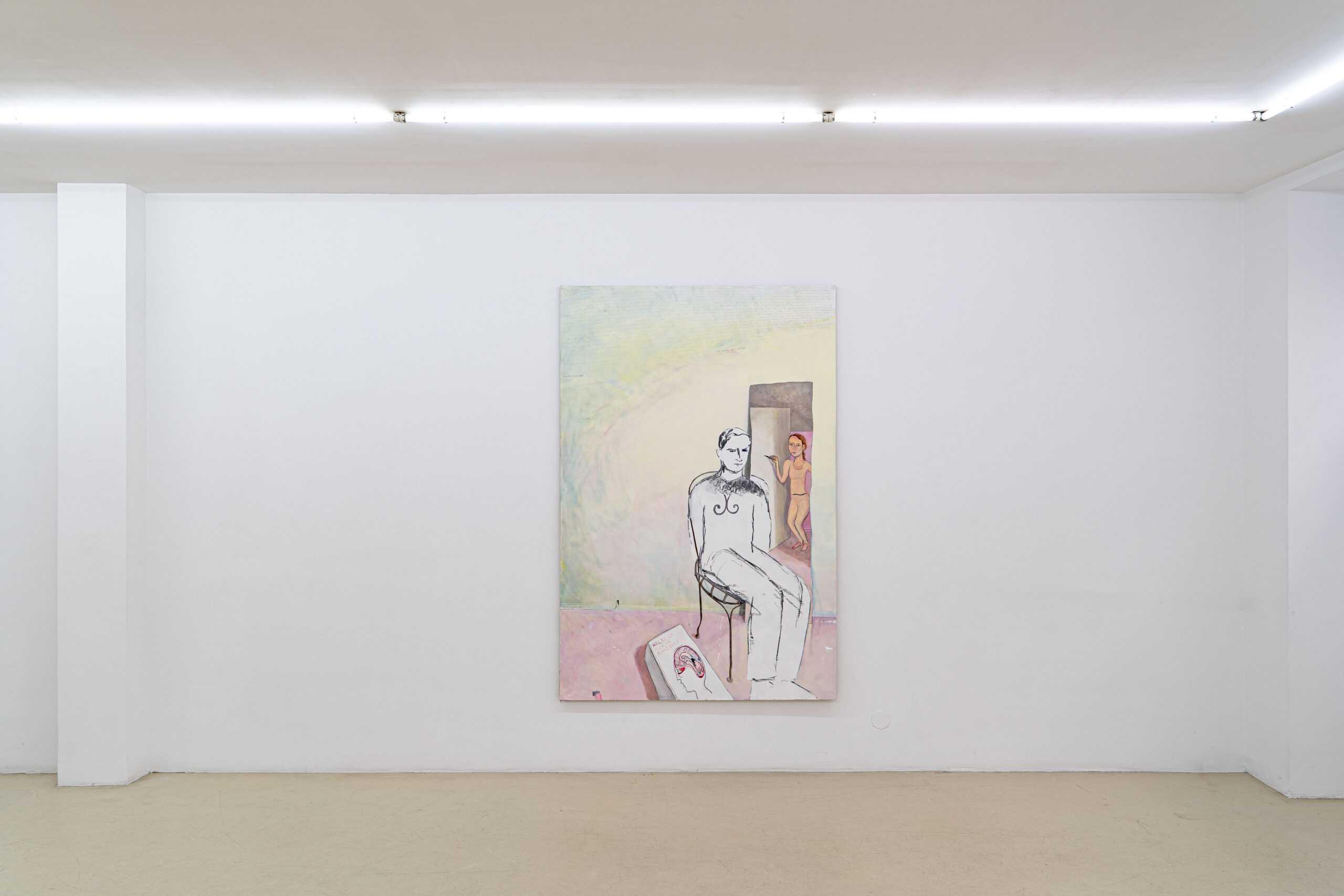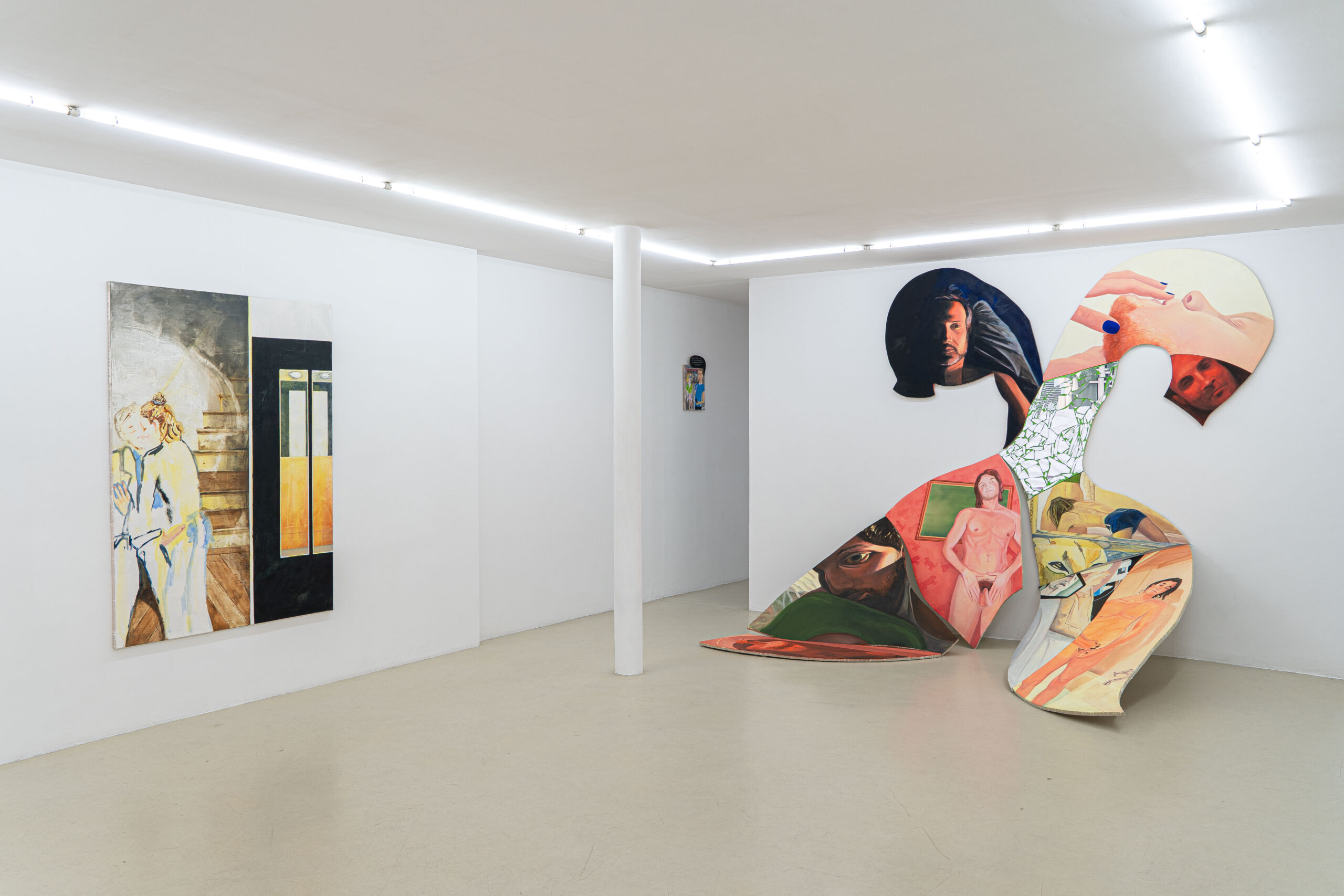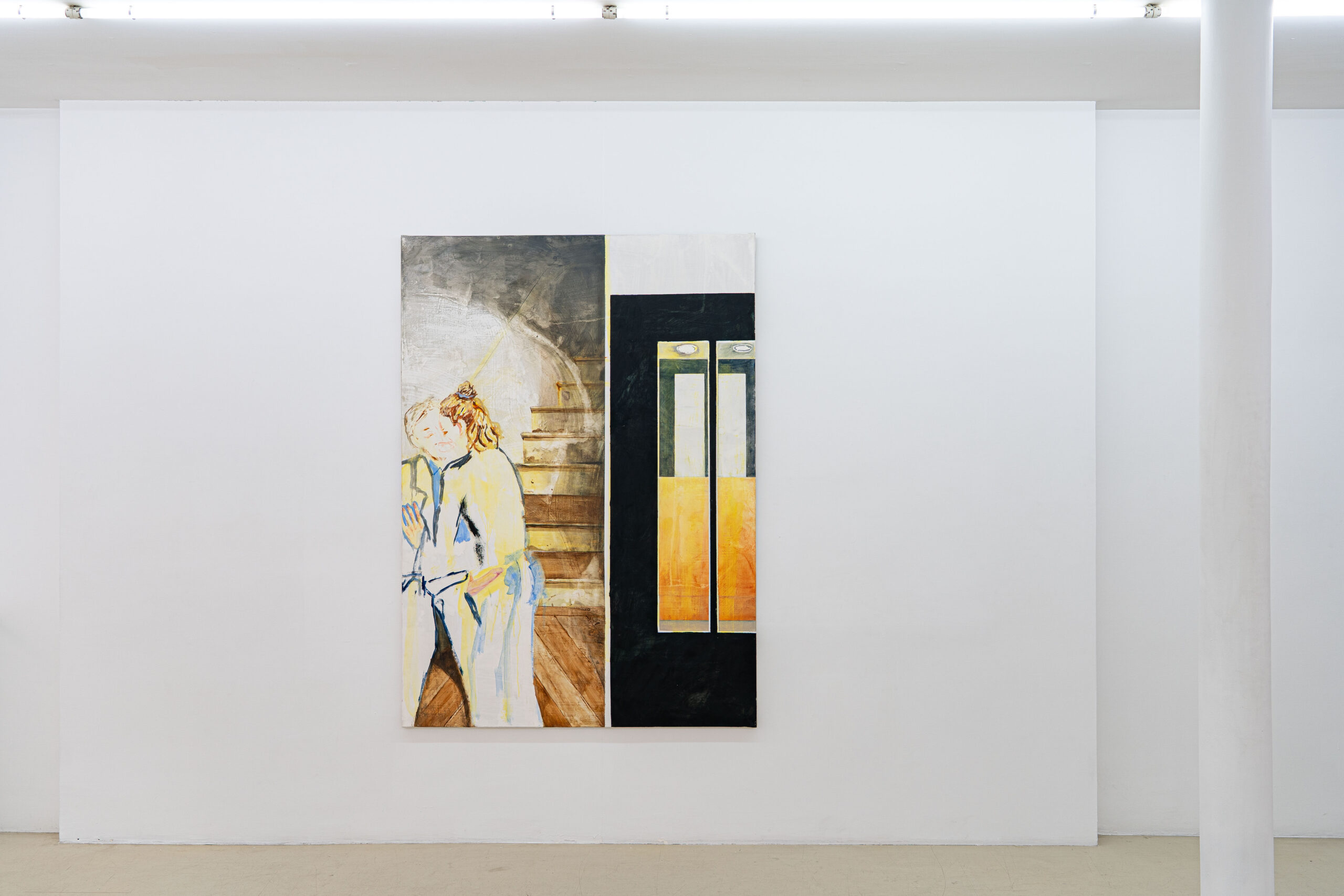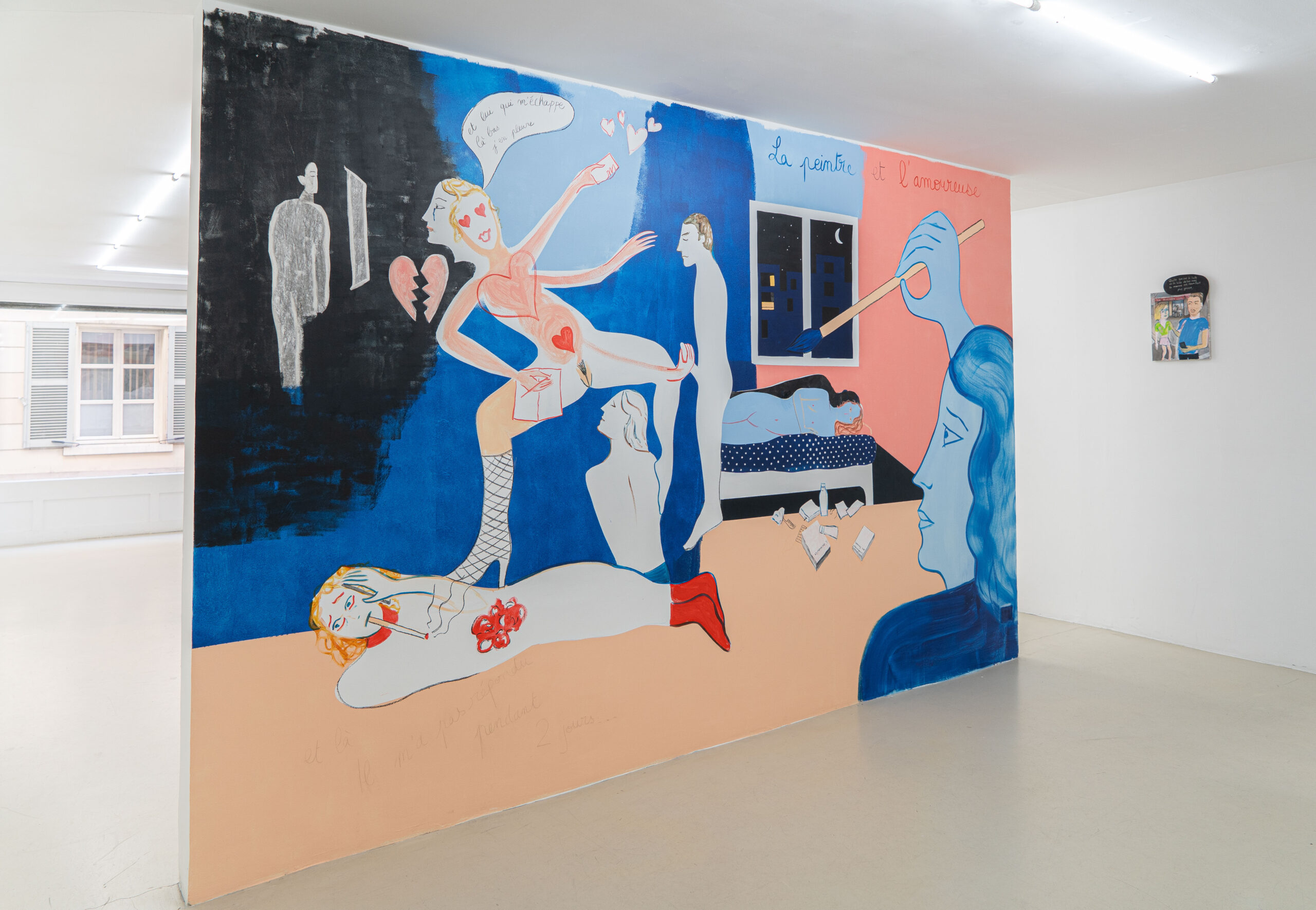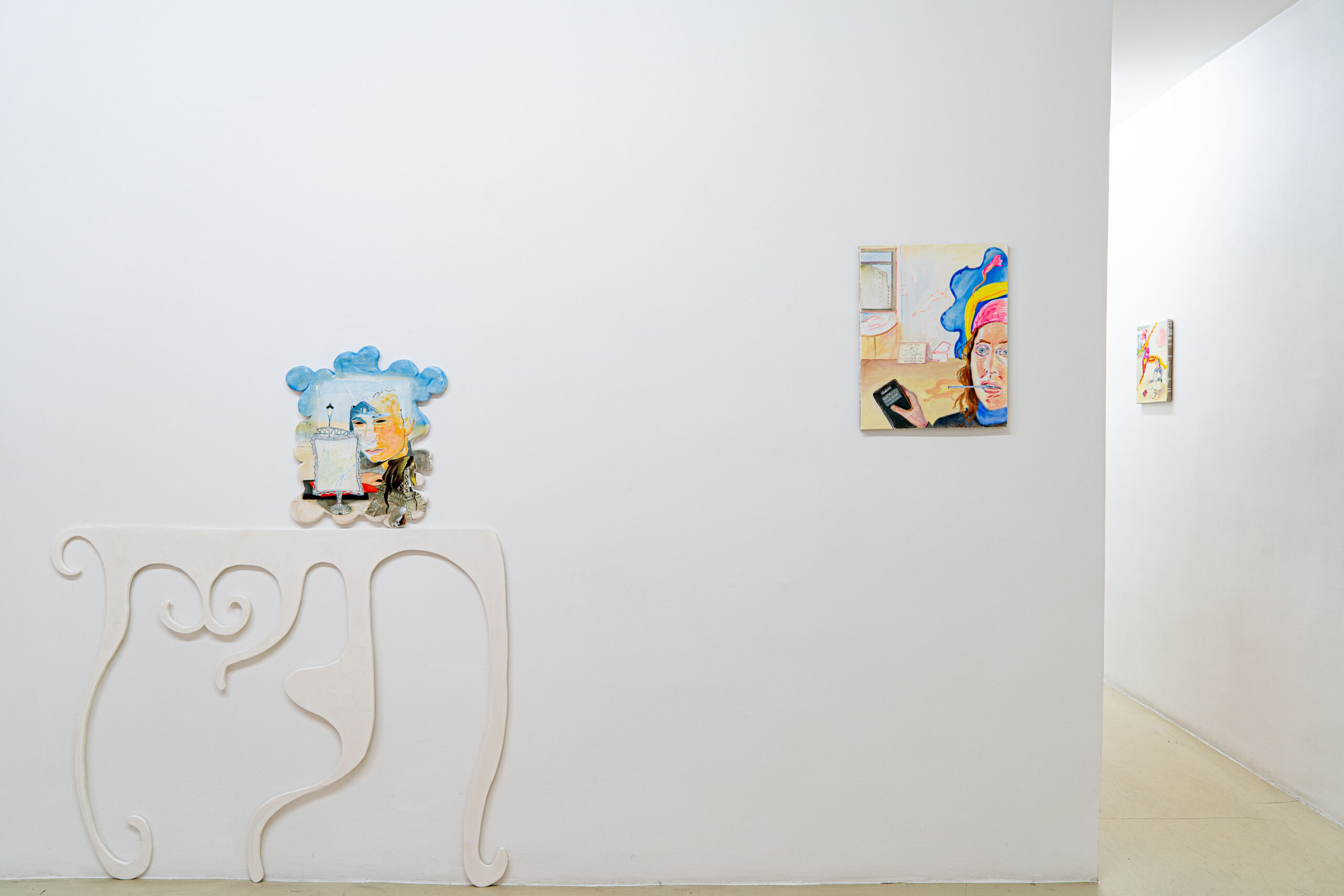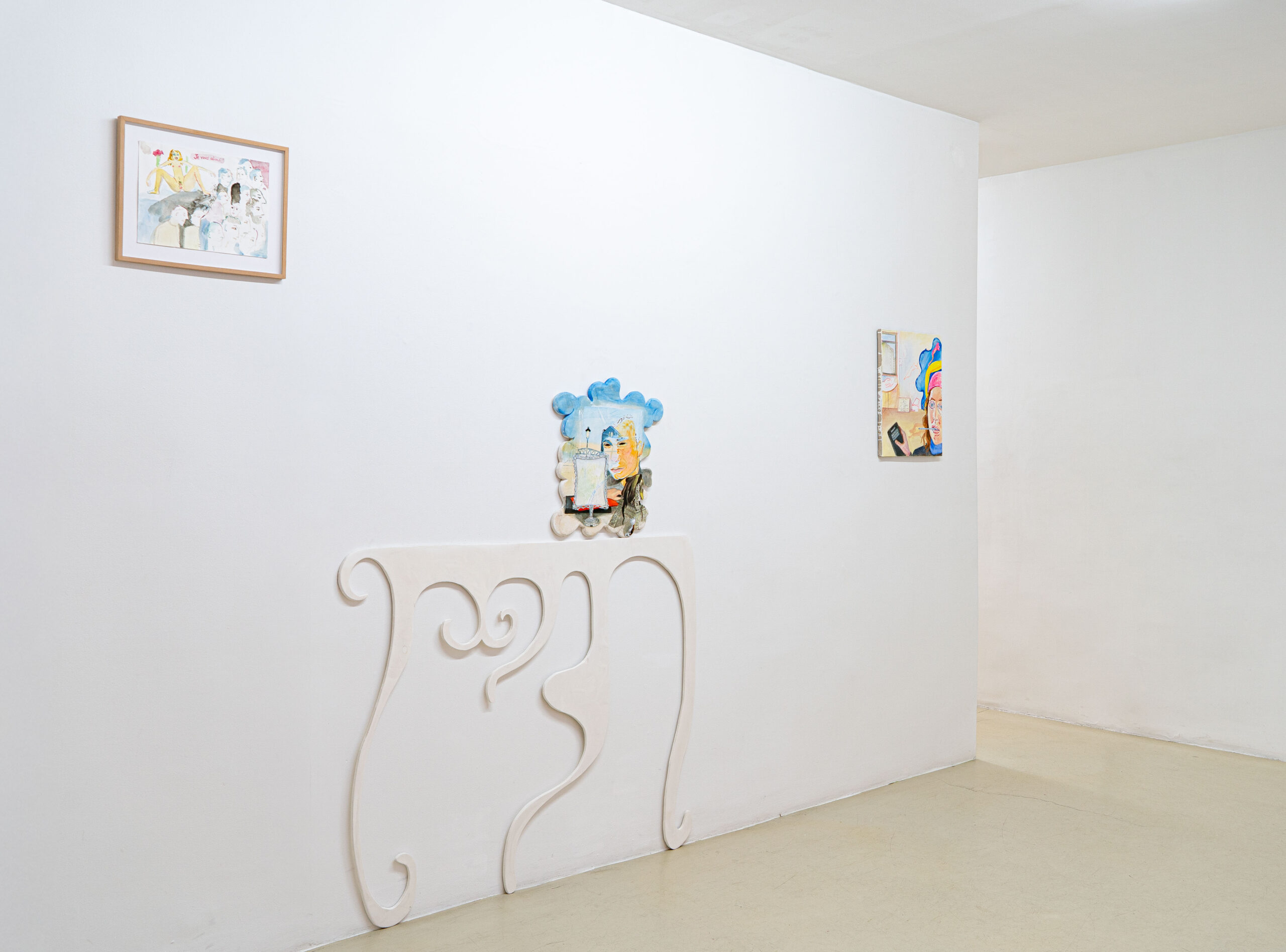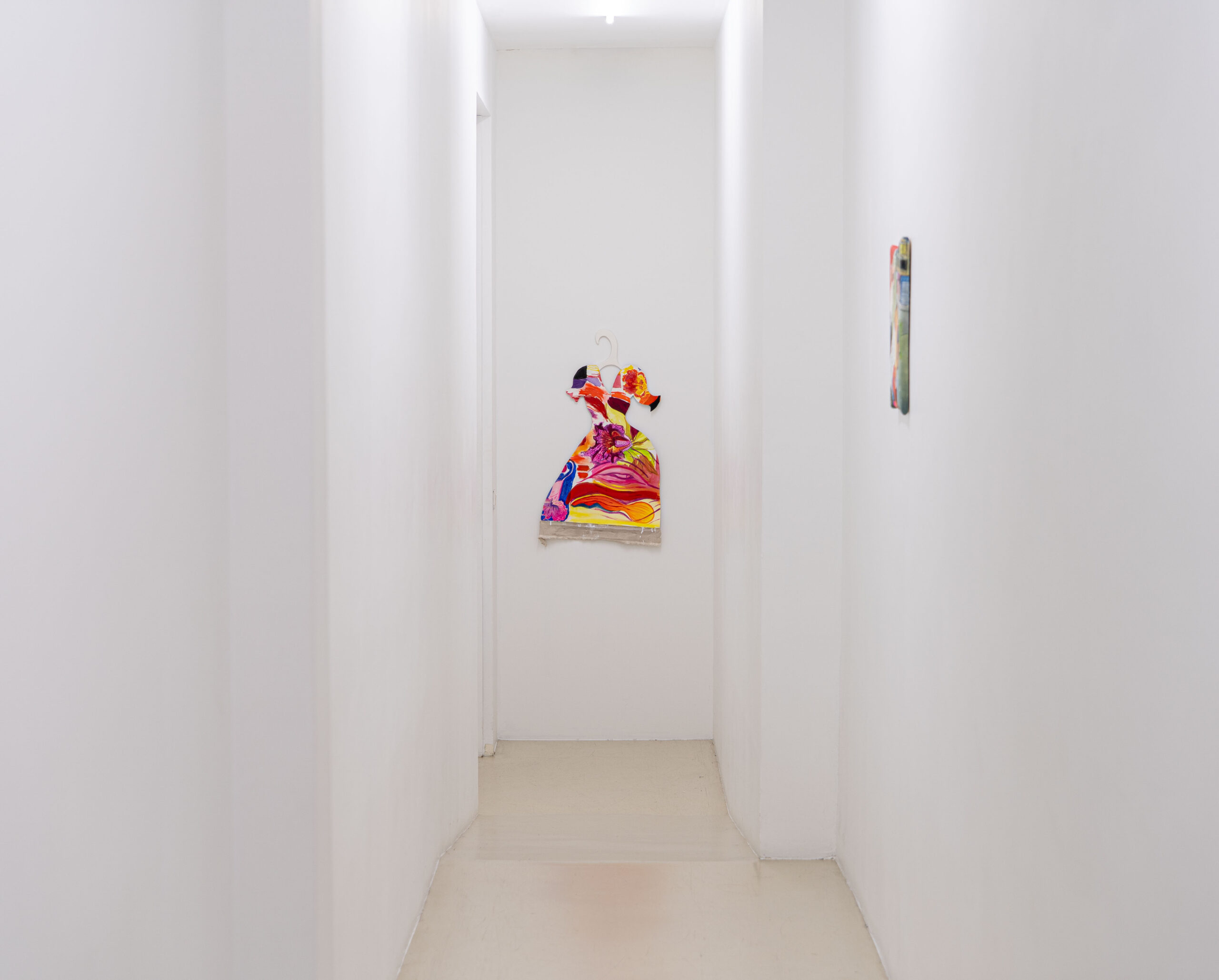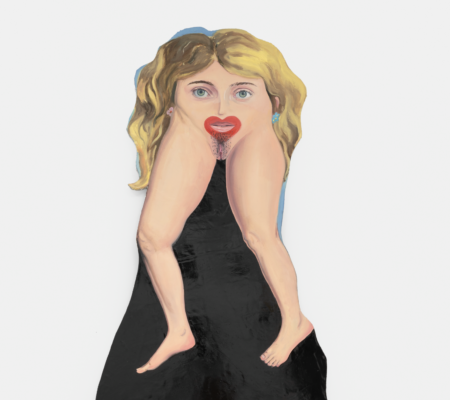MADELEINE ROGER-LACAN | Lust and Loneliness
In situ
11 October 2025 - 29 November 2025
We are delighted to announce Madeleine Roger-Lacan’s first Solo Show Lust and Loneliness at Galerie Jousse Entreprise, 6 rue Saint-Claude, 75003 Paris from October 11 to November 29, 2025 (closing Nov. 1st, and Nov. 11).
Madeleine Roger-Lacan’s Solo Show “Lust and Loneliness” reads as memoir – autofiction — echoing an audacity like Melissa Febos’s Body Work, while fearlessly bounding into an upended womanhood. Likewise effusive in her expression of female rage and desire, Roger-Lacan maps places where female sexuality lies unbound and the mess of maternity morphs monstrous. A type of worldbuilding, in Roger-Lacan’s embodied, urban landscapes, a lover’s bed, a violent sidewalk encounter, and a painter’s studio meet in a sort of midnight playground. Her fertile cartography, drafted in fragments, stretched textile and paint, spans City of Light and digital screen in a network of selfies, street views and Chat GPT.
As if digging her heels into cold metal stirrups, ready to deliver a family of smaller paintings, Roger-Lacan’s Robe Polygame (Polygamist’s Dress) (2025), leans back into a gallery wall and spreads wide her thighs. Her corpulent body bulges with memory and longing. An assemblage of ten unique canvases, Roger-Lacan composed this work with extracts from her archives, painstakingly reassembled. A canavas shaped like France’s hexagone turned on its head and covered in bits of smashed looking glass shines from where this body of work’s heart would be. It’s a fractured “Mirror mirror on the wall …” granting answer to Hans Ulrich Obrist’s final of query of his Questionnaire: “Is the mirror broken?” Yes. Very much so. But like Niki de Saint Phalle’e Tableaux Eclatés, made just after she lost Jean Tinguely, as a way to “reassemble shattered pieces of my soul and psyche,” these analog flashbacks from Roger-Lacan’s last seven years announce a moment of creation. With wide eyes and an oiled brush, the artist exposes herself alone. She stages scenes that drift towards fantasy, caressing male bodies, both slipping from life and rising erect in its anticipation. And that cavernous gap opening between the legs of this goddess-like figure anticipates not just vaginal births but primal polygamous pleasure. Fashioning a kaleidoscopic spectrum of possibility for male and female figuration, Roger-Lacan’s painting in the round does not decant into mooning maternal form. She reigns over a realm beyond binaries, beyond, even, the threshold of death.
This summer, Roger-Lacan traveled through Italy (home to Niki de Saint Phalle’s “Mecca” of body architecture, Il Giardino dei Tarocchi), making pilgrimage to Fra Angelico’s Annunciation and paying tribute to Tracey Emin’s latest exhibition in Florence. In her backpack, Roger-Lacan carried three small paintings now on display here, Frustration, Now (Something Lost) and Le Hasard (the last two, in weighty oil on wood). Back in Paris, these works join five other canvases, as well as three works on paper, and one very revealing color photograph, “all communicating,” Roger-Lacan says. As siblings would.
Also inside this traveling backpack (that I imagine like a uterus, where this exhibition knit together as Roger-Lacan’s daughter grew inside her womb), she carried Camille Morineau’s Oser le nu, where 12th century abbess Hildegard von Bingen gets credit for being first to autrice a male nude; Christopher Ryan and Calcida Jethá’s Sex at Dawn, a revision of established beliefs about men and women’s sexual natures; and Charlotte Salomon’s Vie ? ou Theatre ? a terribly inspirational body of work made as an exiled artist faced an ultimately inescapable Nazi regime in the South of France. These titles answer my questions, Obrist’s too, similarly convinced by Oscar Wilde’s pronouncement: “It is what you read when you don’t have to, that determines what you will be.”
La Robe de ma fille hangs central within the gallery’s transforming back hall. In the small gallery nearby, Roger-Lacan’s fresco La Peintre et l’amoureuse surrounds the viewer.These final works frame a vision of a future unashamed by “the pram in the hall” – fully liberated from that belief that artist and mother form two mutually exclusive roles. Most definitely not a baptismal gown, this child sized silhouette incorporates high color scenes of sexual ecstasy – a reminder of Roger-Lacan’s fantastic leaps between infantile and erotic. “The change that counts in revolution takes place first in the imagination,” Rebecca Solnit writes in Hope in the Dark. Once referring to an artist’s “excluded influences” as her “grandmothers,” Solnit asserts imagination – fantasy’s terrain — as power. For Roger-Lacan, vivid imagination and its alchemical translation into composition and form, define her ultimate aim: “The act of painting and the act of imagination are my goals in all this.” Both impossible, save desire.
Lillian Davies
Vernissage : 11/10/2025 4:00 pm
Exhibition's artists >
Exhibition's artworks
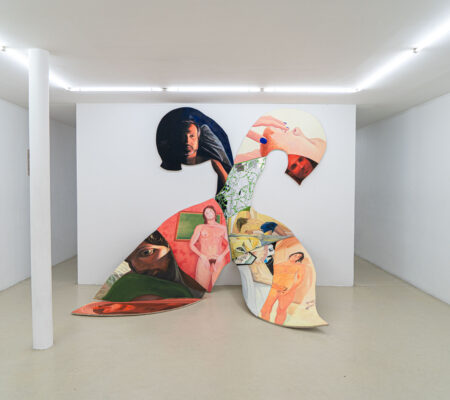 La Robe Polygame
MADELEINE ROGER-LACAN
La Robe Polygame
MADELEINE ROGER-LACAN
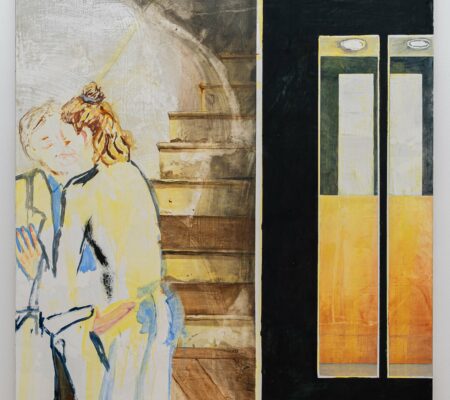 Cage d’escalier
MADELEINE ROGER-LACAN
Cage d’escalier
MADELEINE ROGER-LACAN
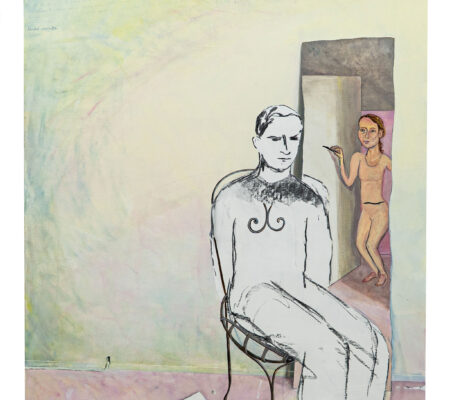 Le modèle absent
MADELEINE ROGER-LACAN
Le modèle absent
MADELEINE ROGER-LACAN
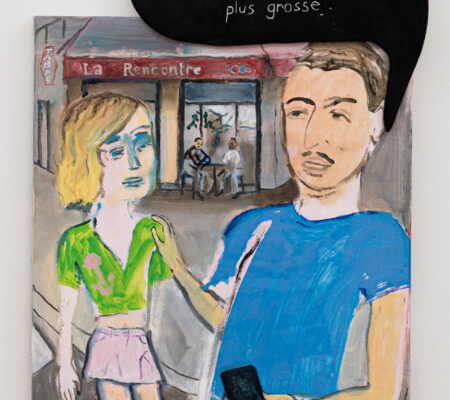 Con
MADELEINE ROGER-LACAN
Con
MADELEINE ROGER-LACAN
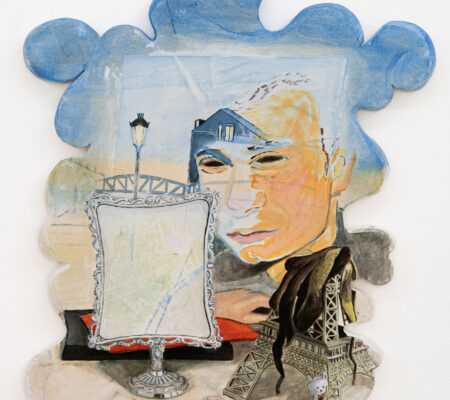 Now (something lost)
MADELEINE ROGER-LACAN
Now (something lost)
MADELEINE ROGER-LACAN
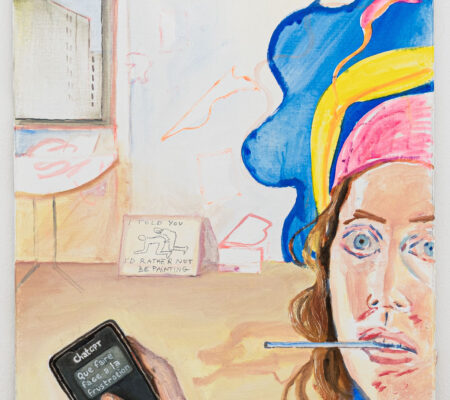 Frustration
MADELEINE ROGER-LACAN
Frustration
MADELEINE ROGER-LACAN
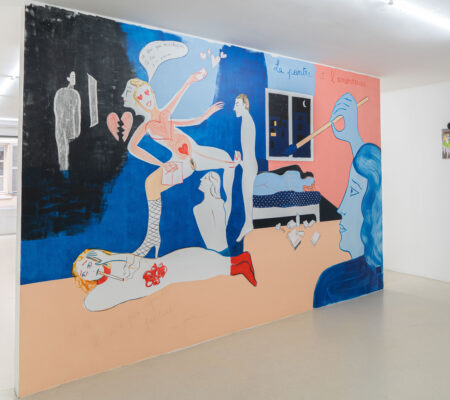 La peintre et l’amoureuse
MADELEINE ROGER-LACAN
La peintre et l’amoureuse
MADELEINE ROGER-LACAN
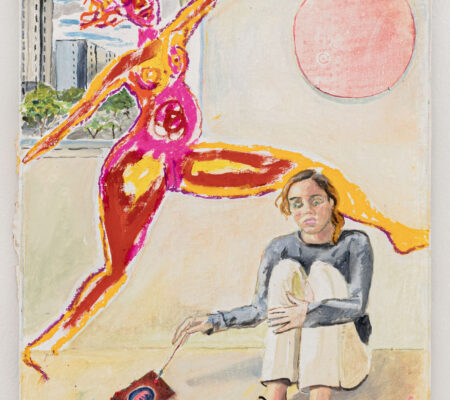 Happy and terrified
MADELEINE ROGER-LACAN
Happy and terrified
MADELEINE ROGER-LACAN
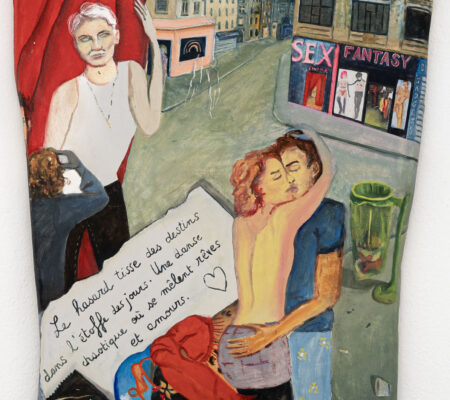 Le hasard
MADELEINE ROGER-LACAN
Le hasard
MADELEINE ROGER-LACAN
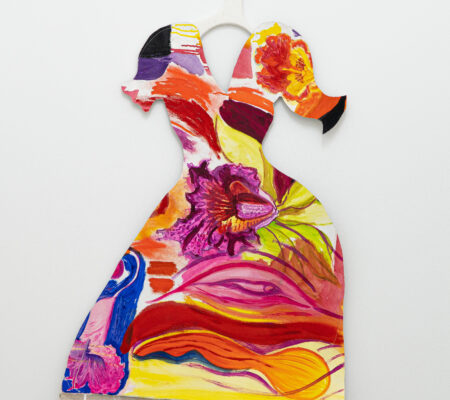 La robe de ma fille
MADELEINE ROGER-LACAN
La robe de ma fille
MADELEINE ROGER-LACAN
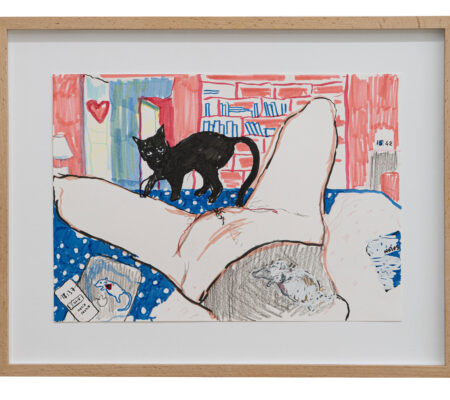 Distraction
MADELEINE ROGER-LACAN
Distraction
MADELEINE ROGER-LACAN
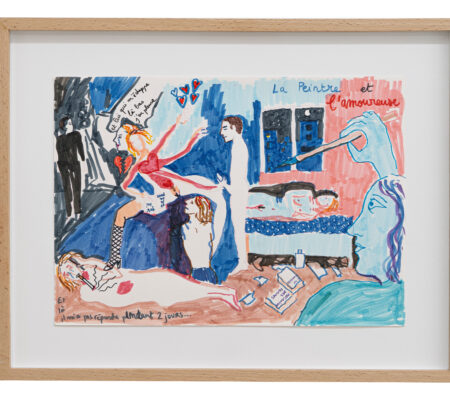 La peintre et l’amoureuse (drawing)
MADELEINE ROGER-LACAN
La peintre et l’amoureuse (drawing)
MADELEINE ROGER-LACAN
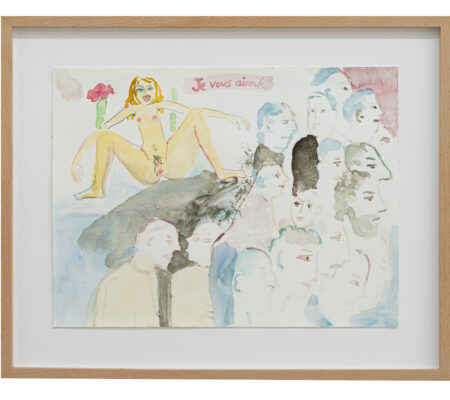 L’exhibitionniste
MADELEINE ROGER-LACAN
L’exhibitionniste
MADELEINE ROGER-LACAN
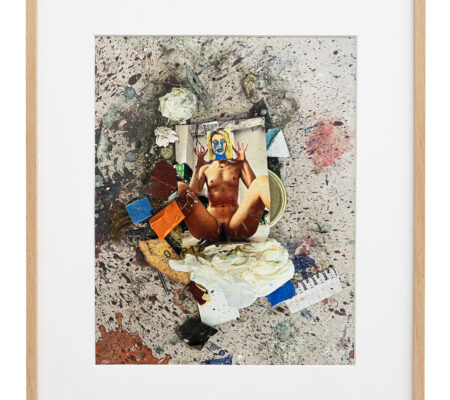 Ask the dust
MADELEINE ROGER-LACAN
Ask the dust
MADELEINE ROGER-LACAN

